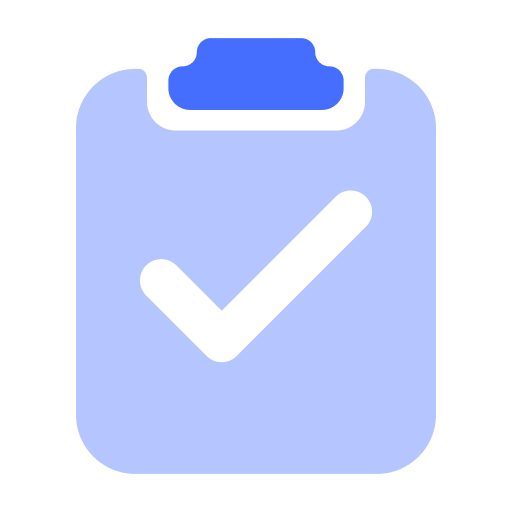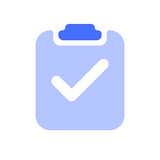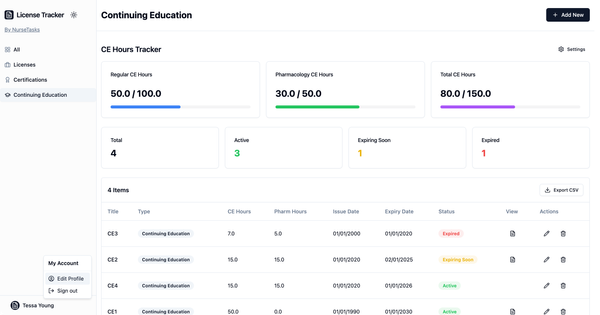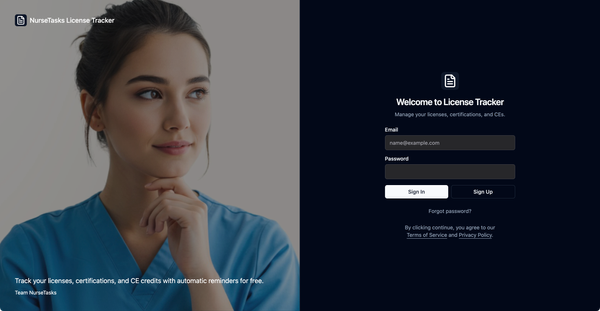Leveraging Data and Analytics in Nursing Education

Data and analytics continue to enhance outcomes and refine teaching practices in nursing education. By utilizing these technologies, educators can gain deep insights into student performance, tailor instruction to meet individual needs, and ultimately produce more competent and confident nursing professionals.
The Power of Data and Analytics in Education
Data and analytics provide several advantages in the context of nursing education:
- Improved Student Performance Tracking: By collecting and analyzing data on student performance, educators can identify trends and patterns that may not be apparent through traditional assessment methods. This enables more accurate and comprehensive tracking of student progress over time.
- Personalized Learning: Analytics can reveal the strengths and weaknesses of each student, allowing educators to customize their teaching strategies. Personalized learning plans can be developed to address specific needs, ensuring that all students achieve their full potential.
- Enhanced Decision-Making: Data-driven insights support informed decision-making in curriculum design, instructional methods, and resource allocation. Educators can use analytics to determine the most effective teaching strategies and make adjustments as needed.
- Early Intervention: By monitoring data in real-time, educators can identify students who may be struggling and intervene early. This proactive approach helps prevent students from falling behind and supports their academic success.
Nursetasks: A Game-Changer in Nursing Education
Among the various tools available, Nursetasks stands out as a revolutionary electronic clinical tracking system. It is the only system offering performance analytics specifically designed to simulate real-life clinical experiences. This unique capability makes Nursetasks an invaluable resource for nursing educators.

Key Features of Nursetasks
- Real-Time Digital Skills Logging: Nursetasks allows students to log their clinical activities in real-time, ensuring accurate and up-to-date records of their experiences. This immediate documentation supports reflective practice and continuous learning.
- Performance Analytics: The system analyzes logged data to provide detailed insights into student performance. Educators can track skill development, identify areas for improvement, and compare individual performance against cohort benchmarks.
- Simulated Clinical Experiences: Nursetasks' performance analytics simulate real-life clinical scenarios, providing students with practical experience in a controlled environment. This feature helps bridge the gap between theoretical knowledge and practical application.
- Cohort Benchmarking: By comparing individual performance to cohort benchmarks, educators can gauge how students are performing relative to their peers. This contextual information is invaluable for identifying outliers and tailoring interventions.
Benefits of Using Nursetasks
- Enhanced Learning Outcomes: The detailed performance analytics provided by Nursetasks enable educators to tailor instruction to meet the unique needs of each student. This personalized approach leads to better learning outcomes and prepares students for the demands of the healthcare field.
- Efficient Resource Allocation: With insights from data analytics, educators can allocate resources more effectively, focusing on areas where students need the most support. This ensures that time and effort are directed toward activities that have the greatest impact on student success.
- Improved Student Engagement: Real-time feedback and the ability to track progress motivate students to take an active role in their learning. Nursetasks fosters a sense of ownership and accountability, encouraging students to continuously improve their skills.
- Proactive Intervention: The ability to monitor student performance in real-time allows educators to identify issues early and provide targeted support. This proactive approach helps prevent academic difficulties and promotes student retention.
Best Practices for Integrating Data and Analytics
To maximize the benefits of data and analytics in nursing education, consider the following best practices:
- Consistent Data Collection: Ensure that data is collected consistently and accurately. Encourage students to log their activities regularly and provide training on how to use the system effectively.
- Regular Data Review: Schedule regular reviews of the data and performance analytics to stay informed about student progress. Use this information to adjust teaching strategies and provide timely feedback.
- Collaborative Learning: Foster a collaborative learning environment where students can share their experiences and learn from each other. Use cohort benchmarks to facilitate discussions and group learning activities.
- Reflective Practice: Encourage students to reflect on their logged experiences and use the insights gained from analytics to set personal goals and improve their skills.
Data and analytics are transforming nursing education by providing educators with the tools to improve educational outcomes and refine teaching practices. Nursetasks, with its innovative electronic clinical tracking system and performance analytics, is at the forefront of this transformation. By leveraging Nursetasks, nursing educators can simulate real-life clinical experiences, track student performance in real-time, and make data-driven decisions that enhance the learning process.

Embracing data and analytics in nursing education not only supports better learning outcomes but also prepares students to meet the complex challenges of the healthcare industry. With tools like Nursetasks, the future of nursing education is brighter, more efficient, and more effective than ever before.





